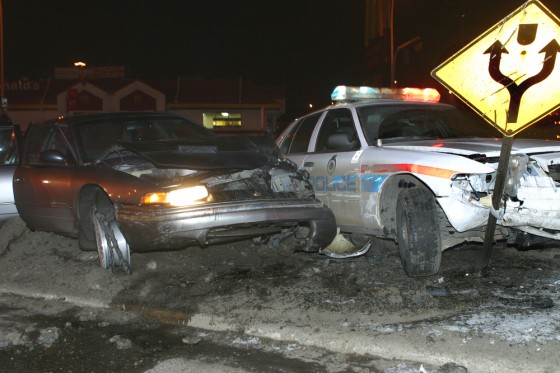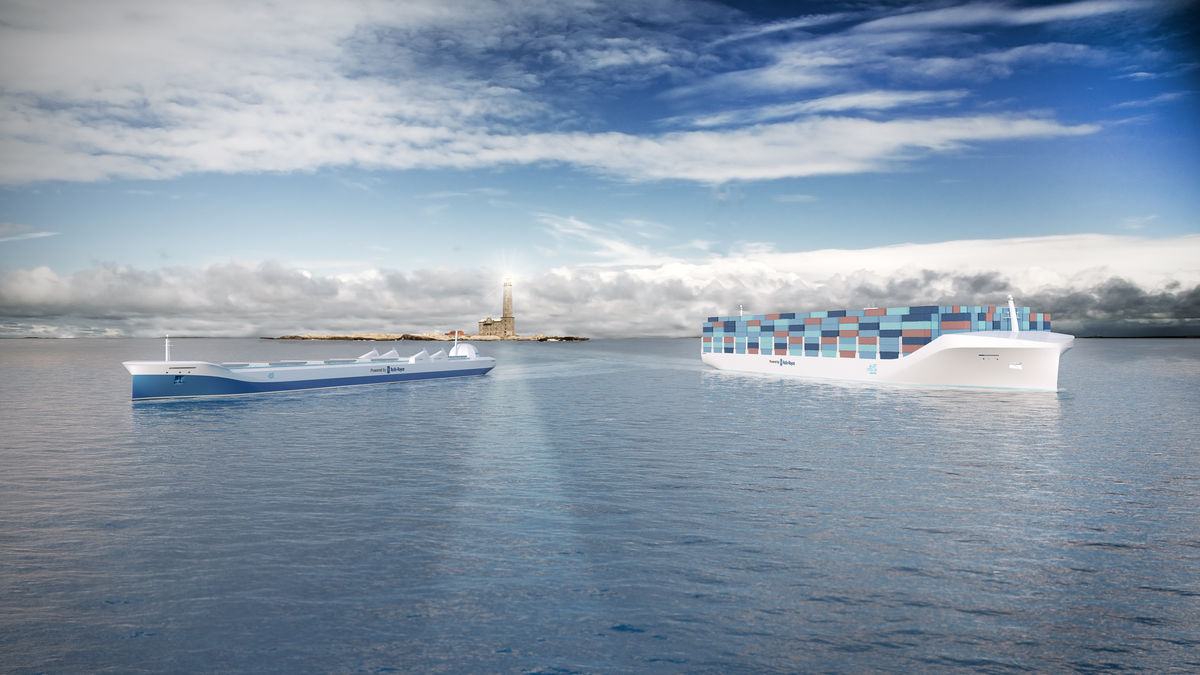Nowhere is the work environment more unpredictable than on the front line. Front line employees, whether they work in customer service or high-level security, are constantly exposed to the biggest element of risk—the human element. Working in the field exposes employees to a variety of unpredictable factors, interacting with the public and operating in different environments, making it difficult to predict risks and properly protect employees from external threats.
This is particularly true in law enforcement and security industries, with “police officer” being named as one of America’s most dangerous jobs. It’s no wonder organizations (both public and private sector) are looking for solutions, especially when considering what is at risk. Obviously, employee safety is of paramount concern to any organization and should always be top priority, but there are other elements to consider. Attacks on employees or property can result in huge legal costs, and without physical evidence, it can be hard to recoup this loss. Businesses must also consider the risk to their public image.
To help fight crime and reduce the risks to their front line workers, many government law enforcement agencies and private security organizations are using technology solutions. These solutions, such as advanced security recordings and tracking devices, can act as deterrents. While providing law enforcement officers with more protection, they also help collect irrefutable evidence to protect the company from a legal perspective.
Personal security cameras
These personal security cameras have been adopted by numerous law enforcement agencies around the world, including the City of Clare Police Department in Michigan. The body-worn cameras are attached to the police officer’s uniform—recording footage and displaying a live feed on their front-facing screen. This works in two ways, by providing reliable video evidence from the officer’s perspective of the crime scene and also acting as a deterrent. This approach of alerting members of the public to the fact that they’re being recorded has been shown to reduce the occurrence of criminal activity.
GPS
While GPS systems have existed for a long time, more and more law enforcement agencies are taking full advantage of their benefits—particularly when it comes to pursuing vehicles. Tested with police departments in Arizona and Florida, GPS ‘darts’ are currently in development to reduce the risk to police officers and the general public posed by high speed traffic pursuits. The darts are fired using compressed air and discreetly attach to the vehicle being chased. This means the officer in pursuit can track the vehicle remotely, without the need to initiate a chase at dangerous speeds.
Drones
Perhaps the most controversial of these technologies, drone surveillance has been a hot topic in recent news. While opposition to their use is primarily in relation to privacy or military usage, for law enforcement they provide an affordable and convenient alternative to police helicopters. These small portable flying police drones are equipped with HD surveillance cameras, providing a birds-eye view of crime scenes or events. This live video feed can be monitored and recorded remotely, allowing officers to survey any danger in the area before making a physical appearance. Like body worn cameras, the video footage can also serve as valuable evidence in court. The future of drone technologies being adopted by police departments remains up in the air, however, as some public opposition looks to restrict their usage.
Gunshot detection
Possibly the most innovative of these technologies, gunfire locators or gunshot detection systems have proven to be extremely valuable in protecting front line workers and increasing response time in high gun crime areas. Already used in many cities throughout the United States, these systems use numerous super sensitive microphones (dispersed through a geographic area and connected to a central processor) to immediately alert police to the exact location, and even direction, of gunshots fired in the area.
While some of these technologies have yet to reach their potential, their benefits suggest it won’t be long before they’re fully integrated into police and security industries—and seeing widespread use around the world. While tracking devices and security cameras are nothing new, their improvement and innovative applications in recent years have made them invaluable. From collecting evidence to improving safety for front line workers, these high-tech security solutions effectively reduce risks faced by organizations operating in the sector.


